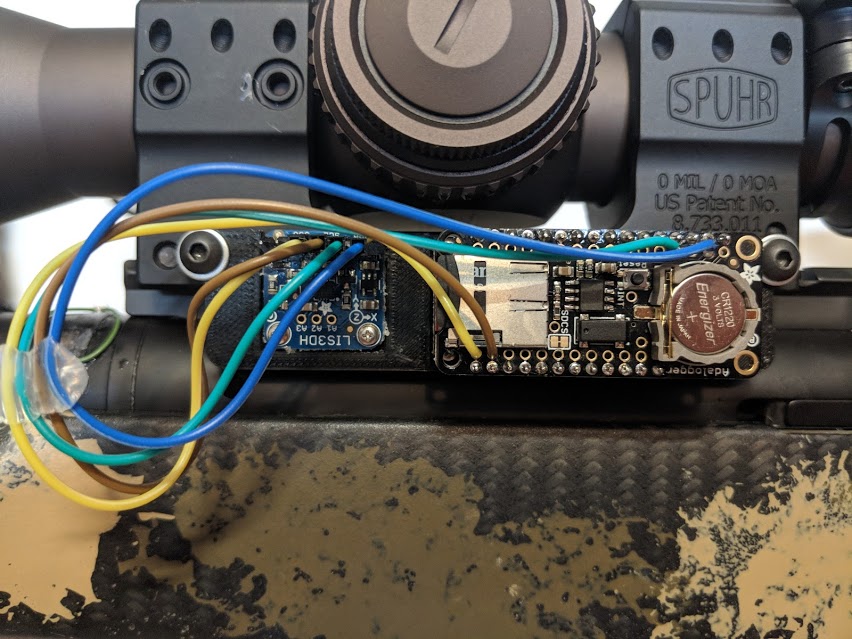Bullet Sorting Experiment - Part One
One of the conclusions that I drew from my Recoil vs Muzzle Velocity experiment was that my reloading practices had some room for improvement. There were two slow rounds in one of the 10-round groups that disappointed me and I had suggested that it might relate to my bullet sorting method. I used this opportunity to create another experiment – to measure the impact of bullet sorting by weight, bearing length, and by base-to-ogive. Specifically, I wanted to compare the effects of firing the extreme cases side-by-side: (e.g. lightest vs heaviest, longest vs shortest).
Project: Inexpensive Firearm Accelerometer
You may have already read about this little gizmo from my previous article, where I used it to measure the relationship between Recoil and Muzzle Velocity. Of all the feedback I received, the accelerometer definitely generated the most interest.
What you may not know is that it wasn’t the first experiment I had intended to use it on. My original plan was to correlate rifle movement to my 600 yard scores. I wanted to detect if I was flinching or jerking the trigger, resulting in a hit in the 9-ring (or worse).
In this article, I’ve provided more detail about how I built it, how it works, and how I’d like to improve it.
Experiment: Recoil vs Muzzle Velocity
Earlier this summer, one of the F-class shooters in our league was trying to diagnose an issue with his new rifle. He was using a reliable load that he had previous success with, but his chronograph was showing some pretty extreme muzzle velocity variation of around 35 ft/s. Remembering a SnipersHide article I had read about recoil management technique contributing to inconsistent muzzle velocity issues, I suggested that as a possible cause. I went home and found the article, intending to share – but when I read it again, I noticed some things that made me question the results.
Hello World
This is the inaugural post on the Ammolytics Blog. Welcome!
